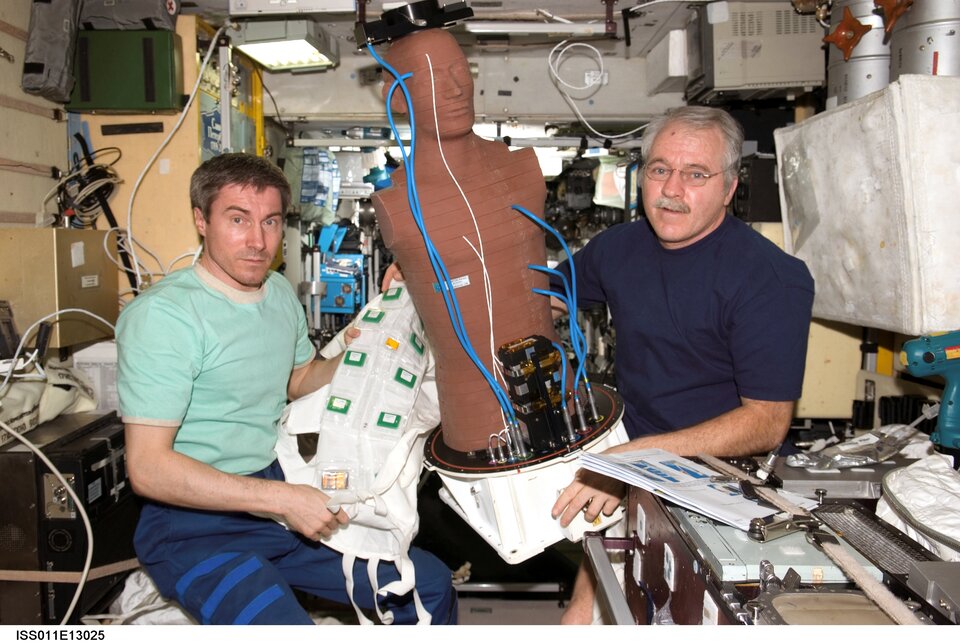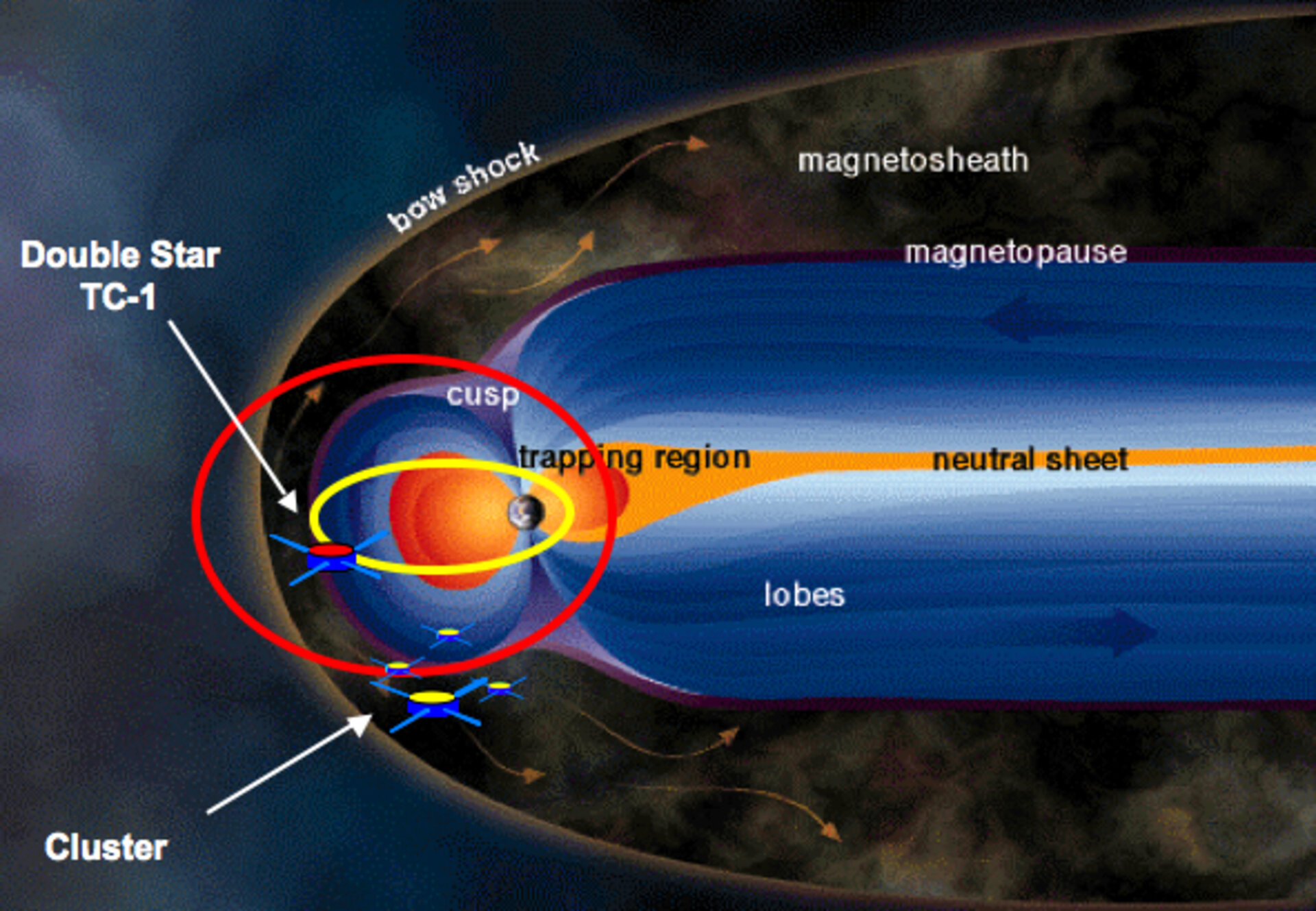Biological effects of radiation
First evidence
Due to the earth magnetic field, life is protected from the armful radiation coming from the sun but also from the more exotic galactic and cosmic radiation that finds its origin in supernova explosions, and collisions between stars, pulsars or black-holes. The spectrum of radiation to which an astronaut can be exposed is wide : UV, X-rays, high energy particles : electrons, neutrons, protons and heavy ions (cosmic rays).The first evidence of the effects of radiation on the astronauts is the “light flashes” that were reported by the crew members of the Apollo and Skylab missions. These flashes are supposed to result from the interaction of high energy heavy particles from cosmic rays interacting with matter and deposing its energy directly in the eye of the astronaut.
Low Earth Orbit and a journey in the Solar System
While the ISS orbits earth in low earth orbit (LEO) at an altitude of about 350 km, although it is more exposed to radiation than on the ground, it is still mostly protected by the Earth magnetosphere. On the contrary missions to the Moon and Mars require a journey outside the Earth protecting shield. In these cases exposure to radiation will be more consequent and in particular cases (e.g. solar eruptions, solar flares, coronal mass ejections, galactic supernova,…) life threatening radiation doses could well be encountered. Exposure to high energy cosmic radiation, like it was the case for the Moon landing missions, is known to cause cataract. For the Apollo missions the risk of exposure to radiation was limited in time (<12days), but in the case of a Mars exploration it will be much longer (~18 months). Exposure to high energy radiation for such a prolonged time can lead to damaged DNA at individual cellular level and eventually lead to cancer. Thus a mission to Mars will certainly require a space-ship with a heavily shielded refuge area to protect the crew in case of a life threatening event.
Research & Development

Research focuses on the characterization of the energy spectrum of the radiation to which astronauts are exposed in the ISS and the one that exists in the solar system and to which they could be exposed while on their journey to Mars. It is of particular importance to determine the acceptable levels of exposure to radiation. Possible effects of radiation on human blood cells (NEOCYTOLYSIS) have also been investigated.
Recent research have been focusing on the determination of cosmic radiation levels to which astronauts are exposed inside the different ISS modules (ALTCRISS) and outside ISS (MATROSHKA) during EVA. Development focuses on the building of appropriate radiation protection design and new lighter shielding materials (ALTEA-SHIELD) or active shielding solutions. In addition a preparatory study of investigations into biological effects of radiation ( IBER) identified possible synergies with radiation cancer therapies.
Health related topics: radiation exposure prevention, care, cell growth, cancer, hadron and proton therapy.


